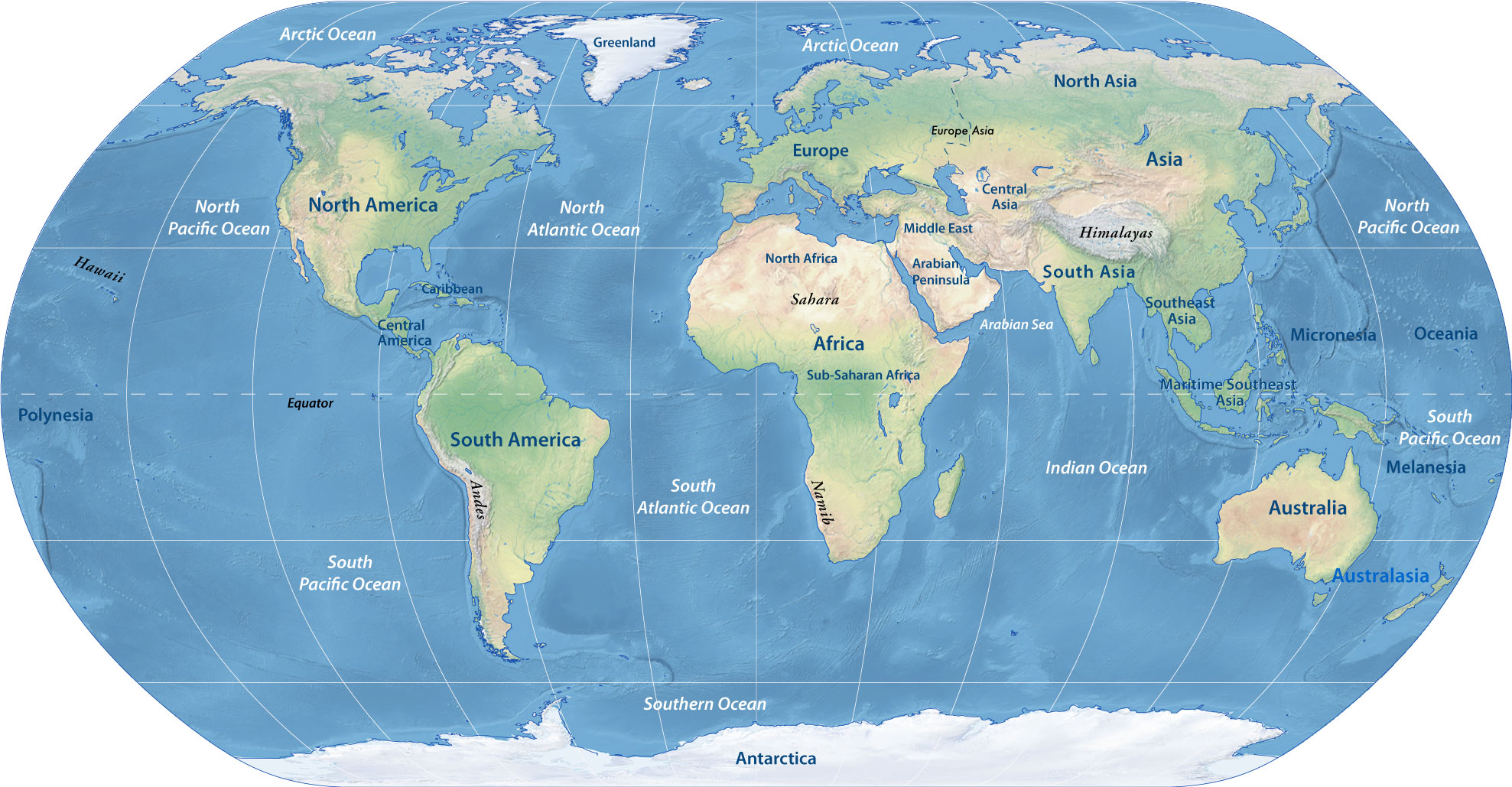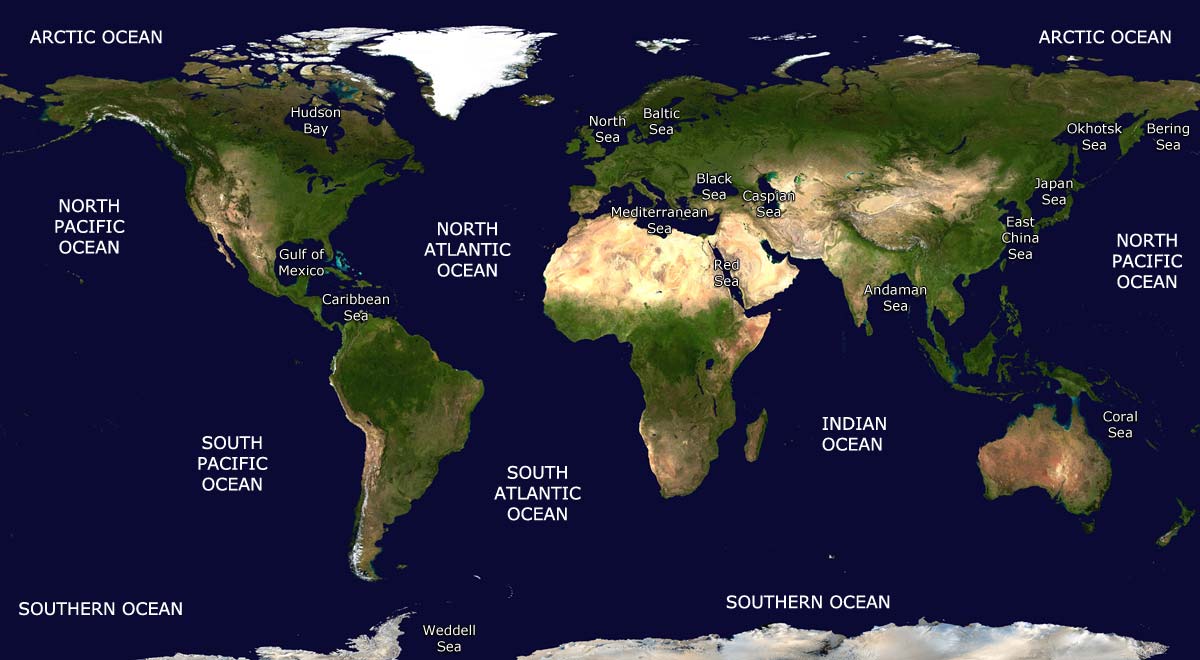Our planet is a vast blue marble, dominated by expansive bodies of water that have fascinated explorers, scientists, and dreamers alike. But when it comes to understanding our world’s aquatic divisions, a common question arises: how many oceans are there? This query might seem straightforward, but the answer is layered with historical, geographical, and scientific perspectives.
Key Takeaways

- Earth has five major oceans: the Pacific, Atlantic, Indian, Southern, and Arctic Oceans.
- The classification of oceans is based on geographical boundaries and oceanic currents.
- Understanding oceanic divisions helps in studying marine biodiversity, climate patterns, and global navigation.
Understanding Earth’s Oceanic Divisions
When we talk about the world’s oceans, it’s essential to recognize that these vast bodies of water are interconnected, forming a single global ocean. However, for practical and scientific reasons, we categorize them into distinct regions. So, how many oceans are there? The current consensus is that there are five major oceans.
The Five Major Oceans
Let’s dive deeper into each of these magnificent oceans to understand their unique characteristics and significance:
1. Pacific Ocean
The Pacific Ocean is the largest and deepest of the world’s oceans, covering more than 63 million square miles. It stretches from the Arctic Ocean in the north to the Southern Ocean in the south and is bordered by Asia and Australia in the west and the Americas in the east. The Pacific Ocean is home to the Mariana Trench, the deepest oceanic trench in the world, and is known for its diverse marine ecosystems and significant impact on global weather patterns.
2. Atlantic Ocean
The Atlantic Ocean is the second-largest ocean, covering approximately 41 million square miles. It separates the Americas from Europe and Africa and is a crucial corridor for trade and exploration. The Atlantic is famous for its historical significance, including the age of exploration and the infamous Bermuda Triangle. Its waters are also home to the Gulf Stream, a powerful ocean current that influences the climate of the eastern United States and Western Europe.
3. Indian Ocean
The Indian Ocean, the third-largest, covers about 27 million square miles. It is bounded by Asia to the north, Africa to the west, Australia to the east, and the Southern Ocean to the south. Known for its warm waters, the Indian Ocean is a crucial route for maritime trade, particularly for oil transportation. It also hosts a rich diversity of marine life and is famous for its monsoon weather patterns.
4. Southern Ocean
The Southern Ocean, also known as the Antarctic Ocean, encircles Antarctica and extends to the southern parts of the Pacific, Atlantic, and Indian Oceans. Covering 7.8 million square miles, it is the fourth-largest ocean. The Southern Ocean is unique due to its Antarctic Circumpolar Current, which plays a vital role in global circulation and helps regulate Earth’s climate. It is also a critical habitat for various species, including penguins, seals, and whales.
5. Arctic Ocean
The Arctic Ocean is the smallest and shallowest of the five, covering about 5.4 million square miles. It is located around the Arctic region and is bordered by North America, Europe, and Asia. Despite its size, the Arctic Ocean is of immense ecological importance, supporting unique ecosystems and being a focal point for climate change studies. The melting of Arctic ice has significant implications for global sea levels and weather patterns.

The Evolution of Oceanic Classification

The classification of Earth’s oceans has evolved over time, influenced by exploration, scientific advancements, and geopolitical considerations. Historically, only four oceans were recognized: the Pacific, Atlantic, Indian, and Arctic. However, in 2000, the International Hydrographic Organization (IHO) officially recognized the Southern Ocean, acknowledging its distinct ecological characteristics and oceanographic features.
Why Understanding Oceanic Divisions Matters

Knowing how many oceans are there is not just a matter of curiosity. It has practical implications for various fields:
- Marine Biodiversity: Each ocean hosts unique ecosystems and species, and understanding their boundaries helps in conservation efforts.
- Climate Studies: Oceans play a crucial role in regulating Earth’s climate, and studying them helps predict weather patterns and climate change impacts.
- Navigation and Trade: Oceans are vital for global trade routes, and understanding their geography aids in efficient and safe navigation.
In summary, the answer to the question, how many oceans are there, is five. Each ocean is a testament to Earth’s dynamic and interconnected natural systems, offering insights into our planet’s past, present, and future. By understanding these vast bodies of water, we can better appreciate their role in supporting life, shaping climate, and facilitating human exploration and trade. As we continue to explore and study these oceans, we uncover more about the mysteries and wonders of our blue planet.